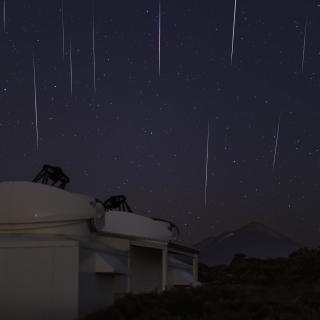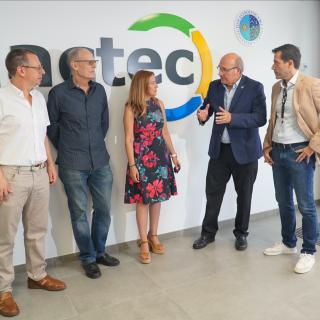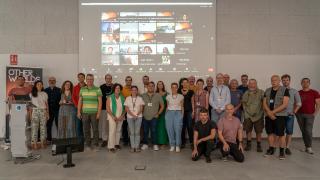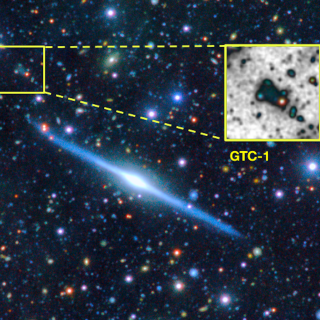
La noche del 12 al 13 de agosto, el canal sky-live.tv se desplazará hasta Extremadura para retransmitir el máximo de las Perseidas 2023 desde el Centro Internacional de Innovación Deportiva en el Medio Natural “El Anillo”, además de desde los Observatorios de Canarias, como una de las actividades de divulgación del proyecto Energy Efficiency Laboratories (EELabs).
Advertised on




